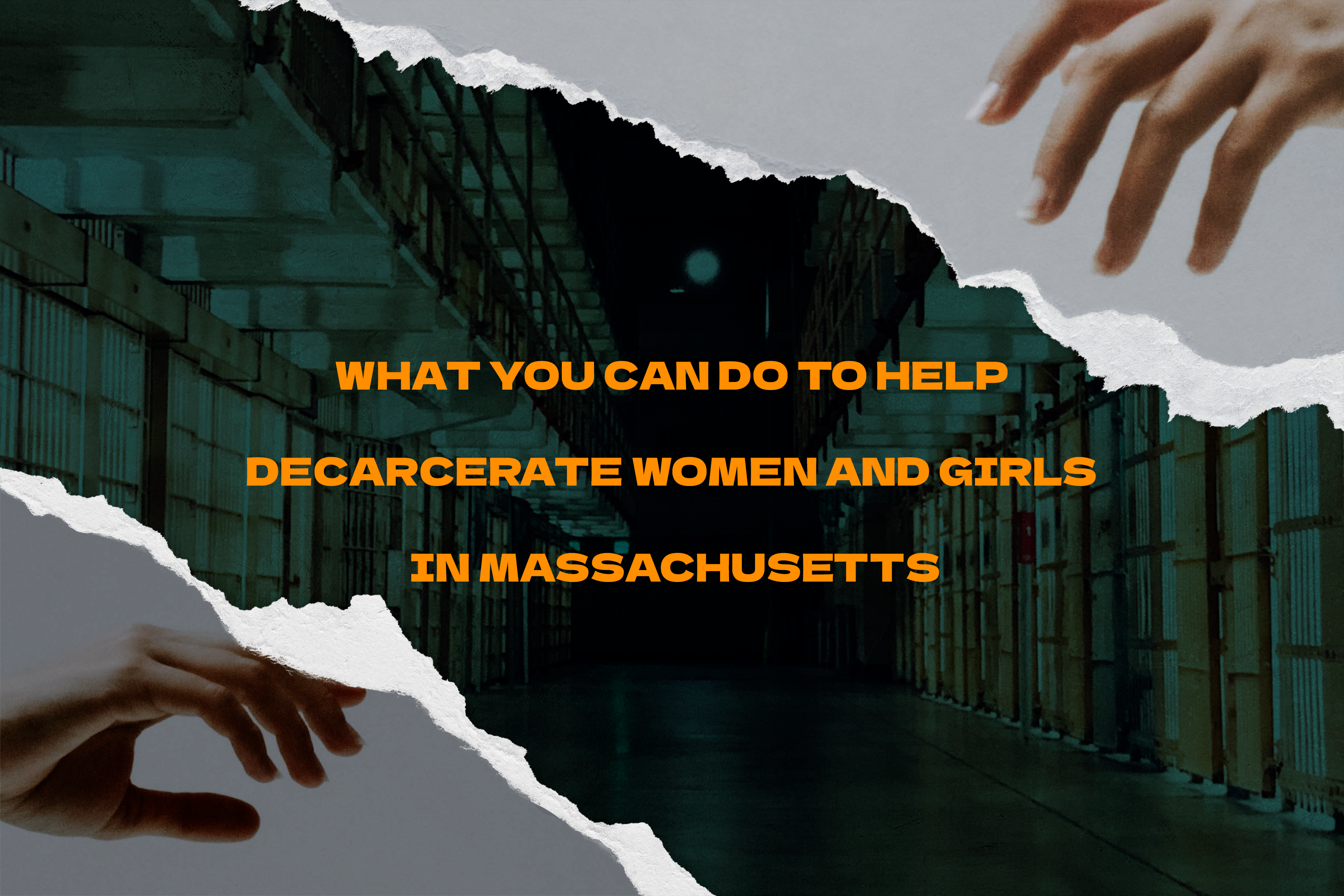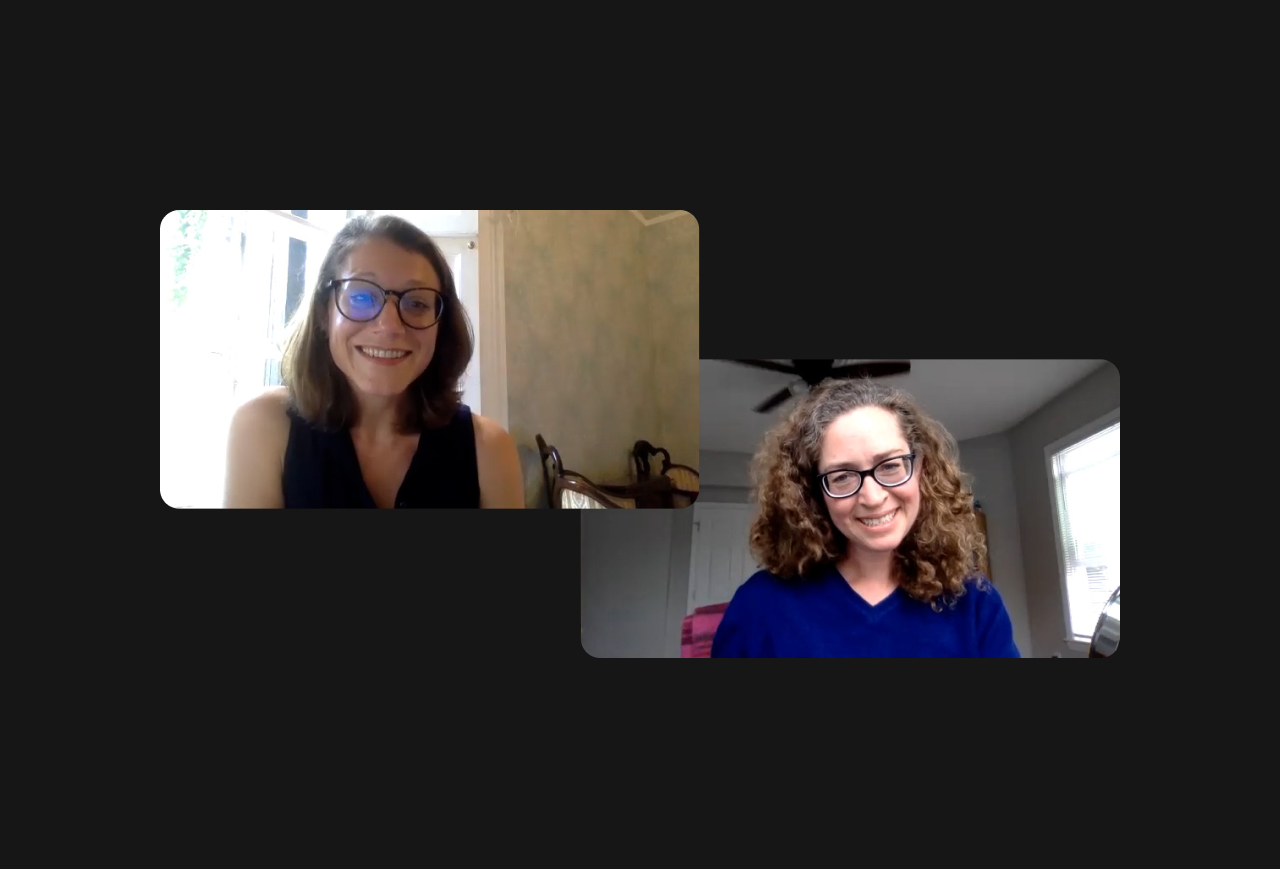Social media has become an important site of gender struggle for women artists globally, and for those in Pakistan. There are many young actresses in Pakistan’s television and film industry who eagerly maintain a presence on social media. Mostly these actresses are from Pakistan’s urban centers and a few are dual nationals and bring along their sense of freedom of expression, multi-locality, transitionality and globalized identity. This digital existence, where everyday reality is borderless circulation of cultures; politics; values and material goods, provides these young women artists a sense of ‘self’ that in many ways is multilayered and de-territorialized; not quite linear or traditional and conformist to Islamic and/or local ethnic cultures. Therefore, the dominant perception among ordinary Pakistanis is that these women artists are disembodying and threatening the Islamic ideological foundations of the nation through adopting a more international and global way of living (particularly as manifested in forms of western attire and informal social interaction with male co-stars). Simultaneously it must be recognized that a digitized world has already challenged all dominant identities and cultural dictates inside Pakistan. Conceptually most elements of existence have become hybridized. Indeed this has caused a degree of moral panic in Pakistan and simultaneously the levels of online sexual violence directed against young women artists has increased to alarming levels. Trolls post comments that are explicit and sexually-objectifying language and images are routinely used to stigmatize these women artists. Iqra Aziz (21 yrs.), Hania Amir (21 yrs.), Mawra Hocane/Hussain/ (26 yrs.), Momina Mustehsan (27 yrs.), Ushna Shah (28 yrs.) and Mahira Khan (33 yrs.), are a few of those highly talented and professional young Pakistani women artists who are routinely targeted and stigmatized on social media be it You Tube, Instagram, Facebook or Twitter.
This article highlights the globalized personhood of young women artists of Pakistan in the backdrop of gender nationalism. Towards the end a few major issues in digital governance of Pakistan are discussed. The main premise of the argument remains that Pakistan’s women artists have a right to uphold their ‘occupational’ identity without getting stigmatized in the process and more than anyone, the State and government of Islamic Republic of Pakistan is responsible for putting an end to online misogyny by investing in providing innovative digital solutions. In this regard the National Commission on the Status of Women (NCSW), Islamabad, should take lead in planning a policy initiative that involves women artists, state/government institutions and the technology sector.
Trolling and Stigmatization
“Trolls” are individuals who post online comments or content that is disruptive, aggressive or inflammatory, mainly to provoke a reaction from the readers. In “trolling,” the anonymity and temporary identity suspension allows a venue for people to “unleash” certain impulses that are otherwise inappropriate and/or unethical and/or criminal (Escartin 2015). I have come across comments that mention gang rape as a punishment for those Pakistani women artists who wear western clothing. Clearly this is criminal psychology and not plain foul language. Trolls cause anxiety and ferocity not only in the trolled (the artist herself) – but also in the wider online community. This then starts a war of words from each side of the split representing nothing but a degenerative societal mindset. With fake identities there is physical remoteness and no one can be made accountable. Absolutely dehumanizing (Escartin 2015; Bryce 2013; Hardaker 2010).
At times interview show presenters formalize this social media harassment further by repeatedly zooming in to troll attacks asking the celebrity about it in ways that either belittle her as a woman, or downplays the crime of harassment. How unfair can this get? It is important to talk about online harassment but it has to be done professionally, ethically and cautiously. Just because the interviewee is a celebrity does not mean that she is not a human and can be forced or laughed into talking about her own harassment on mainstream media. But as unforgiving as is this global society, Anne Hathaway was not spared and repeatedly body shamed post a wardrobe malfunction at the premiere of Les Miserable that went viral (ref Matt Lauer and his highly cheap and unethical mannerism with Hathaway during interview). Closer to Pakistan, Alia Bhatt was brain-shamed for momentarily forgetting the Indian President’s name and was soon made into some sort of a South Asian version of that terribly misogynistic stereotype of a dumb blonde.
Greeks originated the term stigma mainly to expose something unusual and bad about the moral status of the signifier. Decades ago Goffman warned us that stigmatization is very sinister in its goal. The individual perpetrator targets another individual with the objective to make them look less desirable and be disqualified for social acceptance; stand discredited, relegated, discounted and tainted. Through stigma we ‘reclassify’ an individual from ‘moral’ to ‘immoral’ category and lay the ground to disown them and withdraw popular support. The troll does this to satisfy his/her own ego and self-esteem by rejecting what is incongruent to the stereotypes they value. Yet, there is a gender dimension to stigmatization. Any perceived transgression if done by a male signifier as opposed to female is ordinarily treated with forgiveness and silence (although a few exceptions may exist). Unfortunately in Pakistan, trolling has become a norm for directly harming and damaging young women artists. Stigmatizing a natural person and attacking their private and public reputation is neither socio-culturally a small thing, nor legally, and nor psychologically. Therefore policy makers and executives need to take this seriously.
Now the question arises, do trolls bother these artists? Artists thrive on social acceptance. They may work long hours in a studio but to continue in their profession they require favorable public opinion. These young women artists of Pakistan also constantly communicate with public through social media accounts providing project updates. If artists require public/social acceptance – it is safe to assume that any unwarranted stigmatization and discrediting, as well as bullying and harassment disturbs these very artists and destroys their peace of mind.
Disciplinarians and the Villains
In my assessment trolls attacking Pakistan’s young women artists can be broadly placed into two groups: the Disciplinarians, and the Villains. Disciplinarians’ comments are seated in patriarchy – but Villains are precisely misogynists. Here, it is important to distinguish between patriarchy and misogyny. Patriarchy and male chauvinism almost always has a political agenda – one that supports a power imbalance that guarantees to men rights/safeguards as their privileges whilst denying the same to women.
At a given point in time, political agendas can be disagreeable to the dispossessed but they make absolute sense to the privileged group. Gradually, debate and action can challenge the status quo in favor of the disadvantaged (for example, through social movements). Misogyny on the other hand is seated in hate. Theoretically, there is no political agenda, but only passion and senseless/irrational attitudes towards women that stem from perceptions about women being inferior and a source of contamination and defilement due to their biological functions. Misogyny often leads to assumptions about women being the cause of moral and spiritual collapse of a nation. For me misogyny-based online trolling is the more dangerous form.
Gilmore’s anthropological contributions indicate that almost globally neurotic visions of monstrosity of female body have existed across cultures (meaning, Pakistan in this sense is not peculiar at all). Jean-Paul Sartre identified the female body with obscenity and slime. The conviction that a female body is poisonous to man’s physical and spiritual wellbeing is part of a wider masculine rhetoric to justify failure for spiritual perfection. Gilmore quite aptly concludes that it is a woman, the object of displaced rage, who is stigmatized for man’s own existential disillusionment. This bias against women is present even in Shakespeare’s writings, for example, in Taming of the Shrew. A “shrew” is a small insectivorous mammal that resembles a ‘mouse’, with a long pointed snout and tiny eyes. But for Shakespeare, this ‘animal’ is a ‘woman’. Therefore the online gender struggle of women today may be in a new battlefield but is not ideologically new, and is definitely universal.
In my understanding it is best for Pakistan’s women artists to ignore the self-styled Disciplinarians i.e. the patriarchal trolls. No matter how annoying – their attitudes are not unfounded but largely seated in interpreted/misinterpreted forms of religion, history and ancient traditions (incl. those that preexisted religion). People tend to transform normative expectations into some sort of ‘righteous demands’ (Goffman) styling themselves as moral brigade i.e. the disciplinarians of “the other”. In Pakistan’s case, it must be recognized that Disciplinarians’ hate speeches mostly use factual information as pretexts. These facts include but are not limited to: Pakistan being an Islamic Republic; the Muslim nation’s struggle against British imperialism; Islam’s definitively prescriptive approach towards human body, its clothing and its conduct; and the overall impact of western domination in forms of capitalism and cultural imperialism and poverty levels (absolute and relative) inside Pakistan. Point being – troll attacks seated in patriarchy are not irrational, even though these can be quite annoying. The best way to deal is to ignore them. One can allow converging and diverging schools of thought to co-exist in a transitional society. It is the other type of trolls, the Villains i.e. the misogynists, who should never be ignored. For me, these are the more dangerous trolls; ones’ with criminal mindsets and intentions. They are a threat to not only the women artists but to women in general. Investigative agencies should be tasked to track down these trolls, arrest and put them on trial.
Female ‘agency’ (of change as opposed to that of continuity) exists for real and Pakistan’s young women artists represent this dimension. At times women commenters start trolling them too. All online Disciplinarians and Villains are not always men. Therefore it would be misleading to assume that all men are privileged, patriarchal and misogynists whilst all women are defenders of their own gender. Notwithstanding one has to remember that retrogressive ideologies always invest in making divisions among women in order to make it more acceptable to ordinary people, the masses.
Stay tuned for parts 2 and 3.
Dr. Maleeha Aslam is an interdisciplinary social scientist educated and trained in Islamabad, Cambridge (UK) and Tokyo. Serves development, civil society, policy, research and academic sectors in and outside Pakistan.


